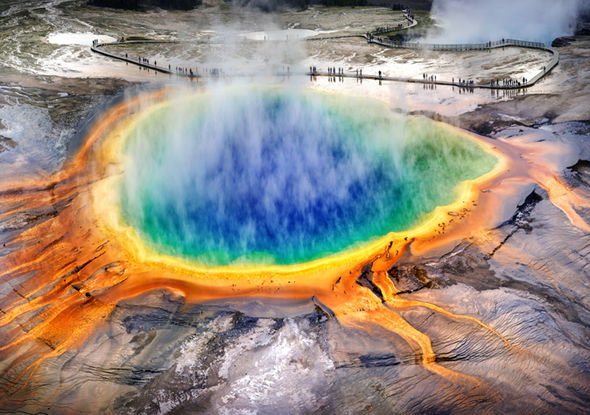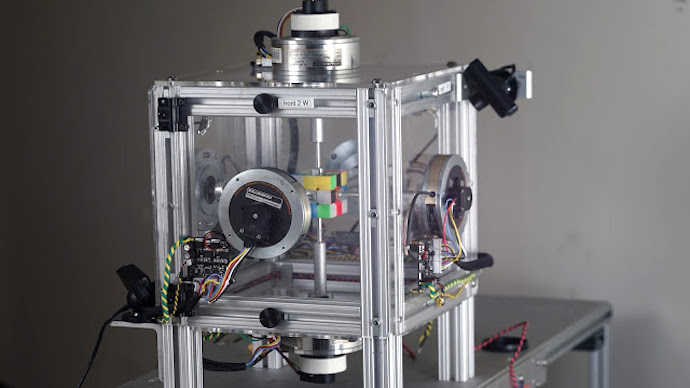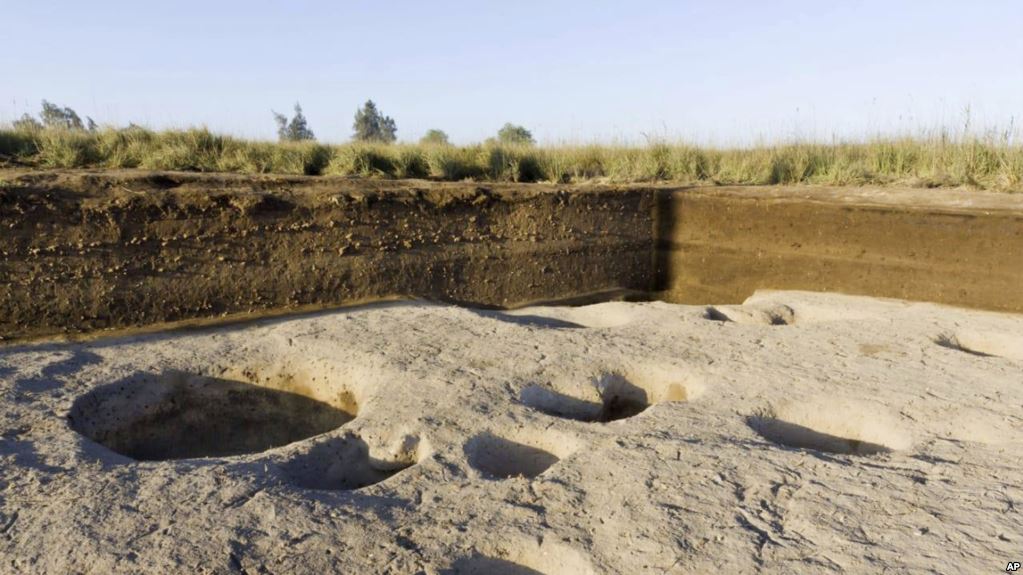
Yellowstone supervolcano may have underwater magma ‘anomaly,’ says new research.
The supervolcano may have last erupted 630,000 years ago, but its presence still strikes fear in some and it’s easy to see why.
Yes, the caldera is changing shape. Sure, eruptions might prime over just a few decades. Alright, there was that earthquake swarm last month. Now, we’ve got a new one for you. Yellowstone’s heat source could be coming from much deeper in the Earth than previously believed.
Researchers from the University of Texas discovered fresh evidence of a gigantic plume that extends from the core-mantle boundary (CMB) – the solid Earth between the core and mantle – beneath the park to the California-Mexico border.
If accurate, it backs up the hotly debated plume theory developed in the 1970s, which says the heat that drives activity – like geysers and hot springs – comes from magma rising upward from within the Earth to its crust.
But finding these deep mantle plumes is no easy task. Typically, scientists measure the arrival of seismic waves from earthquakes to measure the Earth’s interior. Different arrival times lets them see the type of material waves pass through. Here’s the catch: Seismic waves travel horizontally through thin, vertical plumes, which means the waves aren’t really affected by the plume’s presence.
This time around, researchers gathered data from EarthScope’s USArray that records how a seismic wave reflects off and travels through the Earth’s core. These waves traveled slower in a “long, thin, sloping zone,” suggesting a section of the mantle is between 600 and 800°C warmer than the surrounding area. And voila! A 350-kilometer (215-mile) cylinder emerged beneath Yellowstone that runs all the way to Mexico.
The volcanic island chain that makes up the Hawaiian archipelago is a classic example of a plume story. Tectonic plates gradually drift over the malleable part of the mantle, but the superheated mantle plumes remain in a fixed position. This means that you get a chain of volcanoes, with old ones losing their heat source as new ones emerge further along the line.
“There are many suspected plumes, or hot spots, around the Earth,” said Michael Poland, scientist-in-charge at the Yellowstone Volcano Observatory, who was not part of the study. “Yellowstone is one of them, but it’s a bit more complex.”
Yellowstone isn’t so different from other hotspots in general, but as the authors note in their paper, it does possess “features not in accord with classical plume theory,” including, but not limited to, a second hotspot track “propagating in the opposite direction” to the primary one.
You may be asking yourself: What does this new research, which constrains the dimensions of the suspected plume somewhat, mean for the Yellowstone supervolcano?
Well, we have good news.
“It means nothing at all. The plume has always been there, it’s just that we haven’t been able to see it very well,” said Poland. He continued that the research gives more insight into what’s driving the whole process.
“This kind of structure works on the order of millions and millions of years and has no impact on our understanding of how Yellowstone works in terms of eruptive cycles, just their driving forces,” he says. “It doesn’t change our perception of volcanic activity at all.”
Poland and the researchers agree: The study raises more questions than it does answers. They hope further research and new methods for imaging the Earth’s core will help clarify some of them.













